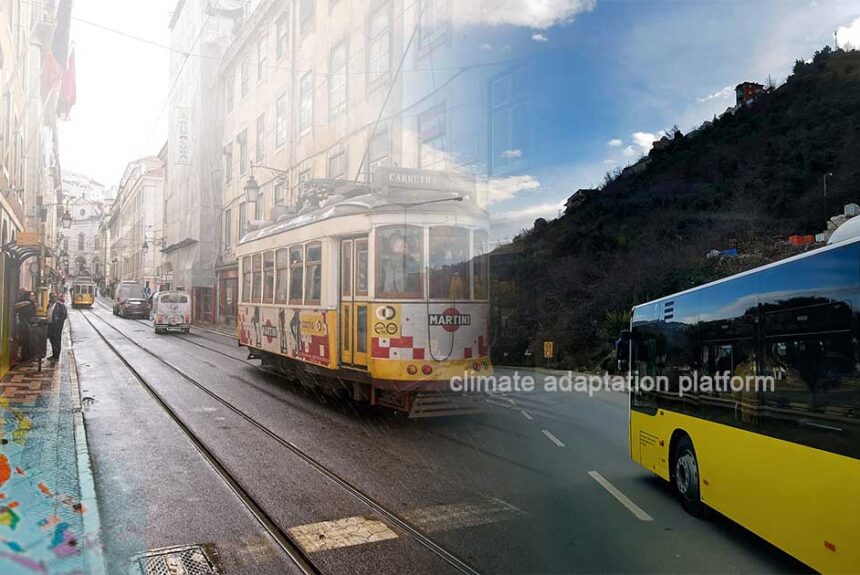Electric buses with zero tailpipe emissions can dramatically improve air quality and help reduce carbon emissions in the transport sector. Their faster and broader adoption is a critical part of the global response to climate change.
Traditional buses—including city, coach, and school varieties—are responsible for nearly 5% of global transport-related carbon emissions. A remarkable shift is now underway, as the World Resources Institute (WRI) highlights five pioneering countries rapidly embracing electric buses.
China, the Netherlands, Finland, Switzerland, and Denmark have surged ahead, transforming their electric bus sales from just 6% to more than 60% in six years or less. This transition not only demonstrates bold leadership in sustainable transport but also points the way toward a greener future.
Currently, five countries have surpassed the global adoption rate needed to stay on track with the 1.5°C climate target, achieving a 60% share of electric bus sales. However, they represent only a small fraction of nations worldwide. To meet global targets, electric bus sales must increase by 56% by 2030—just six years from now.
As of 2024, about 780,000 electric buses are in operation, with nearly 90% of them in China. Around 94% of these are battery electric, a trend expected to continue.
China, the largest adopter, began deploying electric buses a decade ago, positioning itself as the world leader in both manufacturing and deployment. This early adoption was not only strategic but also a response to years of severe smog in major cities. Public bus routes, with their fixed schedules and average range of 120 miles per charge, made them ideal candidates for electrification.
Government policies and subsidies accelerated this transition, particularly in cities like Shenzhen, Shanghai, Chengdu, and Beijing. Today, China remains both the largest manufacturer and consumer of electric buses.
The Netherlands ranks second to China in adoption and leads Europe thanks to early and significant investment. Today, more than 2,100 electric buses operate on Dutch roads. Growth has been fuelled by the Dutch transit authority’s ambitious 2016 commitment that all new bus sales would be zero-emission by 2025. This initiative, part of the Netherlands’ national climate plan, has spurred rapid change, supported by government incentives for bus owners and operators.
Chile is another fast mover outside of China. By April 2025, the country had over 2,700 electric buses in service—the largest fleet in Latin America—most of them in Santiago. Chile’s progress stems from its 2017 National Electromobility Strategy, which aims for 100% bus electrification by 2035. As a result, in 2023, the country achieved a 46% electric bus sales share.
India is leading among lower-income countries, with more than 10,000 electric buses now in operation. The national government has approved a multibillion-dollar initiative to subsidise the purchase of an additional 14,000 buses by late 2024. This expansion is also expected to improve mobility in cities that currently lack organised bus transport.
While buses are not the single largest contributor to transport emissions, electrifying fleets offers multiple benefits: cutting carbon emissions, improving air quality, creating jobs, and expanding access to public mobility. Importantly, buses can also serve as a test case for the electrification of other heavy-duty, high-emission vehicles such as trucks.
Read the WRI articles to learn more about how these countries have excelled in adopting electric buses by clicking the link in the “Sources” below.
Sources:
Jaegar, J. (2025, June 25). These Countries Are Electrifying Their Bus Fleets the Fastest. WRI. Retrieved from https://www.wri.org/insights/countries-electrifying-bus-fleets-fastest?
Davidson, A. & Ray, M. (2025, May 28). India’s Electric Bus Revolution Isn’t Just for Megacities. WRI. Retrieved from https://www.wri.org/insights/india-electric-bus-expansion-small-cities?



Leave a Reply